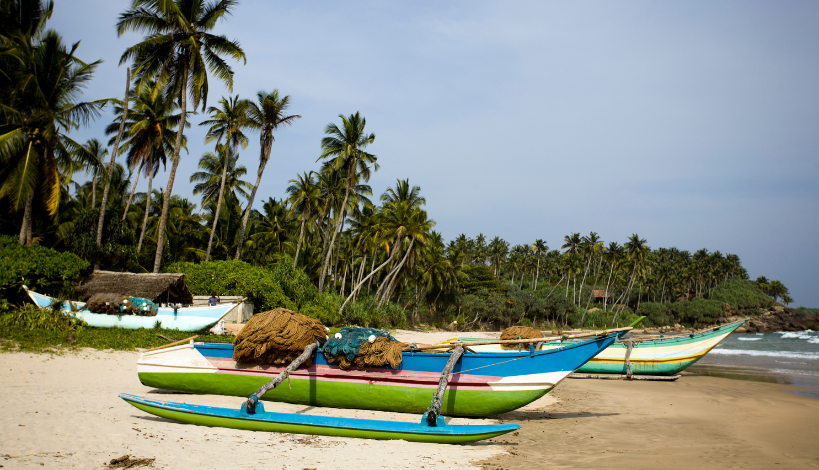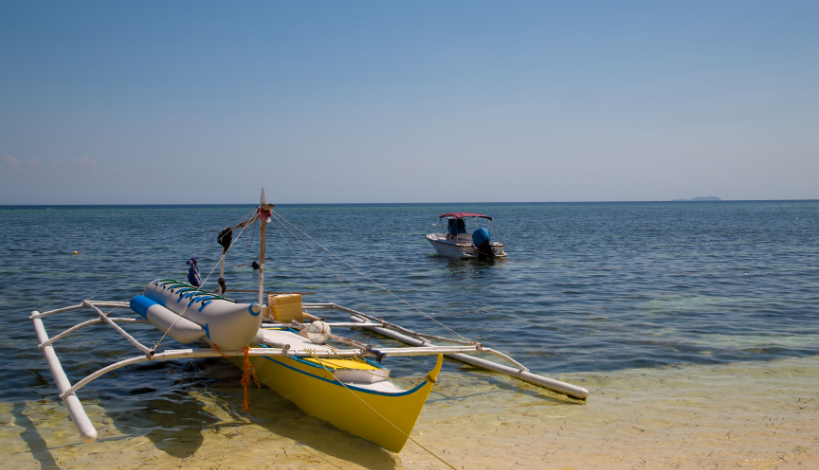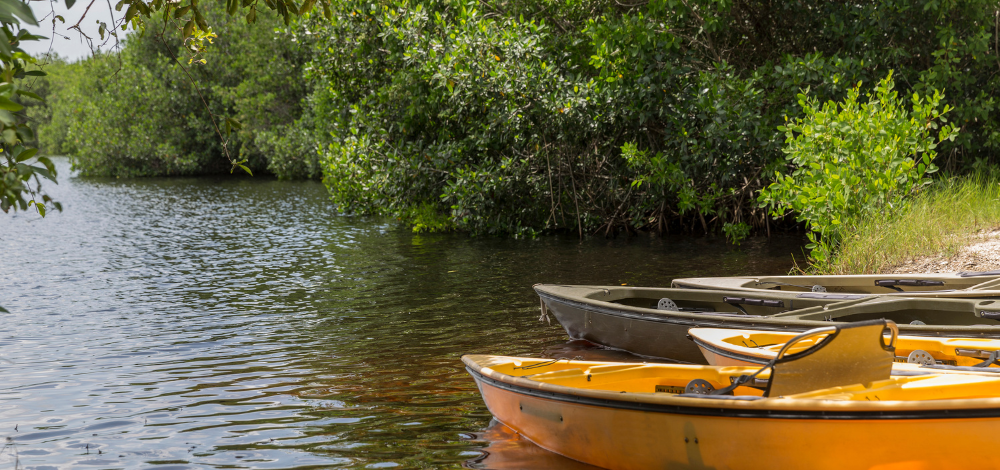If you are a novice kayaker who enjoys paddling in calm waters, you may have wondered about the benefits of using outriggers.
Outriggers, also known as stabilizers or pontoons, are attached to the sides of a kayak to improve balance and stability.
But are they worth the investment? Yes they are and in this post, I’ll take an in-depth look at why they are worth it and how to select them for your own kayak.
What Are Kayak Outriggers?

Kayak outriggers are an accessory that can be attached to the sides of your kayak, either permanently or temporarily. They consist of two or more floats that provide additional stability and balance to the kayak.
Outriggers can be made from different materials including PVC, foam, or inflatable materials, and come in various sizes and shapes.
I love outriggers because they add a nice level of stability and control that beginners to kayaking struggle with a lot of times. The outriggers help keep the boat from tipping over, which is especially important in rough water. I also find them helpful for fishing or photography because they provide a stable platform.
They were super helpful in the first year of me learning how to kayak!
Are Outriggers Worth It?
From my personal experience, yes, outriggers are definitely worth it!
With their added stability, they are especially beneficial to novice kayakers who are still getting used to paddling in different conditions.
Plus, outriggers help you be more confident on the water and allow you to tackle larger waves or windy conditions with ease. Trust me, you’ll love these if you’re struggling with balance and stability.
How Do You Choose Kayak Outriggers?

When selecting outriggers for your kayak, there are a few things to consider.
First, make sure you get outriggers that are compatible with your type of kayak: some outriggers work better on sit-inside or sit-on-top kayaks.
You’ll also need to decide what material and size would best suit your needs: foam is lightweight and easy to store while inflatable floats are more durable and can handle heavier loads.
Types of Kayak Outriggers
There are two types of kayak outriggers: permanent and removable.
Permanent outriggers are typically made of PVC piping or other strong materials. They are attached to the kayak using bolts, nuts, and other fasteners, and cannot be removed easily. They provide a sturdy and reliable option for kayakers who want to use outriggers frequently.
Removable outriggers, on the other hand, are designed to be easily attached or detached from the kayak. They are typically made of inflatable materials or foam and are more portable.
Removable outriggers are ideal for kayakers who do not want outriggers on their kayak all the time or want to use them for specific circumstances such as fishing or photography.
Downsides of Kayak Outriggers

While kayak outriggers can offer significant benefits to novice kayakers, they do come with a few downsides.
Outriggers can slow down your kayak and make it more difficult to maneuver. They can also be bulky and take up space, which can be an issue if you have limited storage.
Lastly, outriggers can make it harder to paddle in rough waters.
How Far Out Should kayak outriggers Be?
When attaching your outriggers, you’ll want to make sure they are not too far from the kayak, as this can reduce their effectiveness. The outer edge of each float should be no more than a foot away from the side of your kayak.
Can You Stand Up in a Kayak with Outriggers?
Yes, you can stand up in a kayak with outriggers. The added stability and balance will help to keep the boat steady while you are standing.
Be sure to practice your technique in calm waters before tackling more challenging conditions.
What is the Difference Between a Stabilizer and a Outrigger?
Stabilizers and outriggers are two different types of kayak accessories. Stabilizers attach directly to the bottom of the kayak and help increase stability by providing extra buoyancy from underneath.
Outriggers, on the other hand, attach to the sides of a kayak and provide additional balance and stabilization from the sides.
Is a Stabilizer Better Than an Outrigger?

This is ultimately up to personal preference and the type of kayaking you plan on doing.
For novice paddlers, outriggers may be the better option because they provide more stability and balance in calm waters. And yet, experienced paddlers may prefer stabilizers as they can help with maneuverability in rough waters.
Where is the Best Position for Kayak Outriggers?
When attaching outriggers, the outer edge of each float should be no more than a foot away from the side of your kayak. They should also be positioned symmetrically to provide even balance on both sides.
You should attach them to the middle of the kayak, with the floats at a 45-degree angle. This will help to provide maximum stability and balance while you are paddling.
Conclusion
In conclusion, kayak outriggers can be a valuable accessory for novice kayakers who want to improve their balance and stability on the water. The two types of outriggers, their benefits and downsides should be considered before investing in a pair. In my case and my teen sons’ cases, they helped a lot.
Ultimately, whether or not you use kayak outriggers depends on your individual needs, preference and skill level.
